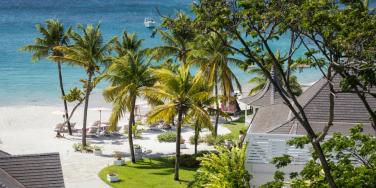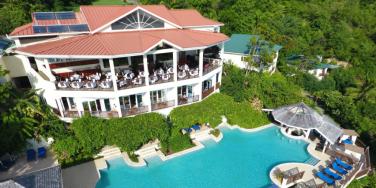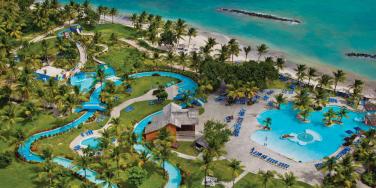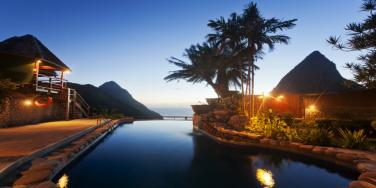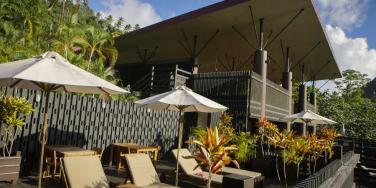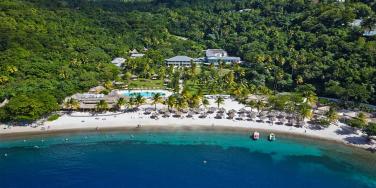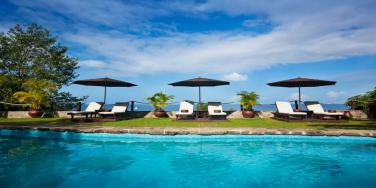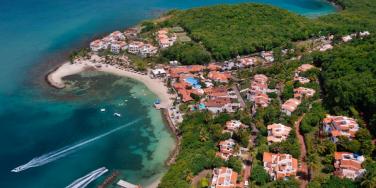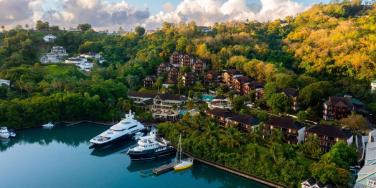Tropic Breeze uses cookies to improve the functionality of our website and your online experience.
By continuing to use this website, you are agreeing to our use of cookies. Please view our cookie policy for further information.
It is believed that St Lucia was first settled by the Arawaks who arrived in dugout canoes from South America in 200AD, evidenced by the remains of paintings that have been found and in the language - some of the words used today having their origins in the native tongue. The Arawaks were overruled by the warmongering Caribs who arrived in about AD 1200 and by the 16th Century, when Europeans started to take an interest in the Caribbean, the Caribs had either slaughtered, eaten or otherwise disposed of the Arawaks!
Historians dispute whether Colombus discovered St Lucia, the island's name deriving from an Italian saint, who's feast day is still celebrated on 13th December, and we know from Colombus' logs that he was nowhere near the island on this day! It is thought the that the Spanish were the first Europeans to take an interest, as the island appeared on a Royal Cedula of popoluation in 1511 and on a Vatican map of 1520.
For many years the island was a favourite haunt of pirates, perhaps due to its strategic location between the windwerad and leeward islands. During the seventeenth and 18th centuries, the British and French squabbled over the island and St Lucia changed hands 14 times and was finally colonized by the British in 1797, although did not become a British colony until 1814. By this stage the sugar trade was well established, largely due to the West African slaves that were introduced in the 1760's.
For several years the island was stable and prosperous, but following emancipation in 1834, the sugar estates fell into disrepair. The economy recovered in the 1860's when Castries became an important coal warehousing centre, becoming of significant strategic importance when the Panama canal opened in 1914.This role continued until the introduction of diesel in the 1960's.
After years of lobbying, St Lucia gained independence on 22nd February 1979, although the country remains part of the Commonwealth. Since the 1980's tourism has been St Lucia's most important industry, contributing about 12% of GDP and employing 30% of the working population.
Agriculture, particularly the banana plantations, is still a major source of income, accounting for about 40% of foreign income and employing roughly 1/3 of the workforce. Sadly the economic importance of the banana crop has declined in recent years due to disease and the small co-operatives that make production costs much higher than the US owned plantations in Latin America.
However the industry survives, perhaps partly due special trading privileges granted within Europe in the mid 1990's, which restricted the importation of Latin American bananas and gives favorable terms to Caribbean suppliers. Not surprisingly US based suppliers objected to the World Trade Organisation and in 2001 a new trade agreement was reached which in effect reduces the market for Caribbean bananas. Although there have been attempts to diversify into other crops such as mangoes, coconuts and other tropical fruits, the impact on the economy, where a quarter of the population are below the poverty line, has been significant. Worth remembering, next time you shop for bananas.
